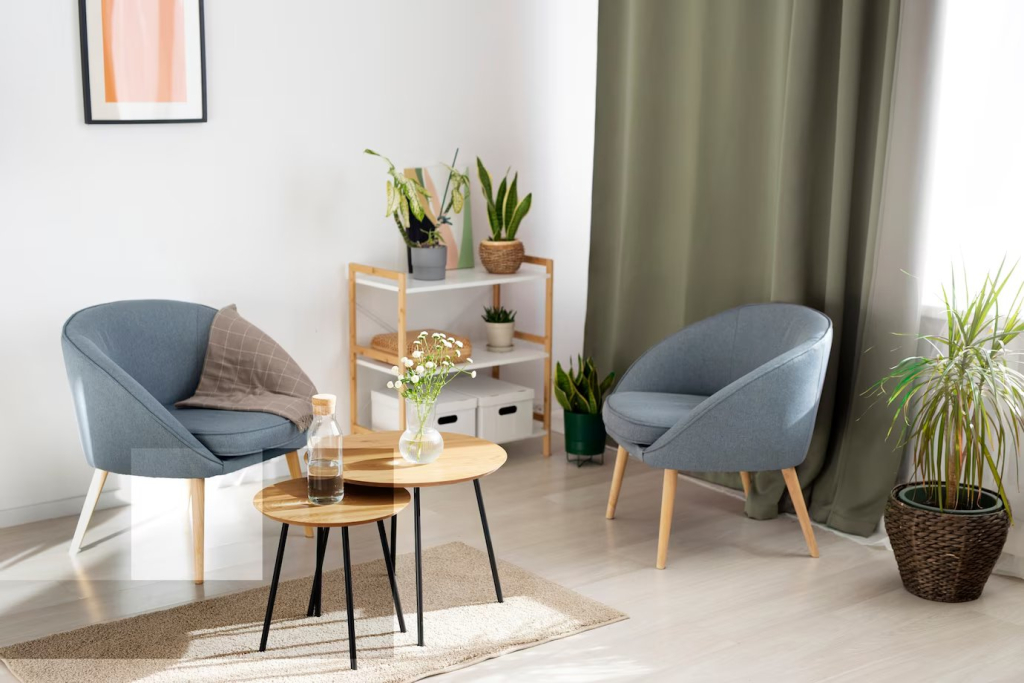Co-Living and Co-Housing Trends
In the bustling urban landscapes of the Philippines, a change in real estate market is taking place—reshaping how people live, work, and socialize. Instead of having traditional housing options or own apartment, the real estate industry is now answering the need of young people for co-living spaces.

The living arrangement, characterized by independence, innovation, and a strong sense of community, has captured the imagination of young professionals, digital nomads, and even seasoned urban dwellers.
The Evolution of Co-Living Spaces
The allure of communal living, and the emergence of the sharing economy
As the Philippines’ urban areas expand and adapt, so does the need for flexible living arrangements and affordable housing options that meet the evolving demands and wants of young professionals, digital nomads, and other like-minded individuals.
This has led to the rise of co-living spaces, representing a paradigm shift away from traditional living arrangements and traditional rental properties.
Co-living spaces, often referred to simply as “co-living,” are shared living spaces that offer private bedrooms and shared amenities.
These spaces have gained traction thanks to various factors, including rising housing costs, the allure of communal living, and the emergence of the sharing economy.
Real estate developers, recognizing the potential of this trend, have incorporated co-living spaces into their portfolios, transforming existing properties into vibrant communities that cater to a diverse range of residents.
Affordability: Co-Living’s Key Advantage
The affordability co-living spaces afford co-habitants is one of the major benefits of co-living. In a country where housing expenses can be prohibitively expensive, the co-living trend provides a more accessible and cost-effective alternative to traditional renting, typical flats or apartment ownership.
It is especially an attractive option and advantageous for young professionals. With the rising cost of living in cities, many professionals are finding it difficult to save money and locate suitable housing.
Co-living offers lovely living spaces without having to pay high rents or property acquisition expenses by co-living.
Innovative Living Arrangements
Co-living rooms are intended to be flexible. Unlike traditional living arrangements, which can demand long-term commitments and strict leasing terms, co-living spaces provide tenants the freedom to pick the various living arrangement arrangements and coworking spaces that best meet their requirements.
Residents can choose short-term stays, which allow them to explore job opportunities in various areas or career prospects without the confines of a set lease.
This adaptability is ideal for digital nomads and individuals who appreciate the capacity to adjust to changing situations.
Shared Amenities and Communal Living
The shared spaces and community environment that co-living generates are at the core of it. Co-living spaces include communal areas such as living rooms, kitchens, and where they conduct their daily chores like laundry facilities, meeting its residents housing needs. It also extends to co-working spaces, which encourage inhabitants to connect and engage with their communities.
Residents can develop important social connections, work on projects, or simply hang out with others who share their interests.
Co-living distinguishes itself from regular rental apartments by its communal atmosphere, providing a sense of connection and companionship.
Eco-Friendly Features and Reducing Carbon Footprints
As the housing landscape across the globe faces environmental challenges, co-living places have adopted eco-friendly features and sustainability activities.
Many co-living places include energy-efficient appliances, trash reduction initiatives, and green construction techniques in their designs.
These programs help to reduce carbon footprints and appeal more affordable housing option to inhabitants of urban areas who value environmentally aware living.
Co-living spaces, which are typically found in metropolitan areas, are an excellent way to promote sustainability and ethical living.
Wellness Programs and Community Engagement

Co-living places are concerned with tenants’ entire well-being in addition to providing accommodation at affordable rent. Demand for co living communities include wellness activities, such as exercise classes, meditation sessions, and health-related projects.
These activities encourage residents to explore partnerships, build a strong sense of community, live a healthy lifestyle and promote self-care, creating a sense of well-being that extends beyond the confines of their own private bedroom.
Residents are also invited to participate in a variety of activities and events that promote social interaction and personal development.
High-Speed Internet and Modern Amenities
In an increasingly digital world, high-speed internet access is essential in the rise of co living communities. Co-living places recognize the need of keeping connected for both work and recreation.
Many have reliable internet connectivity in common areas, thus allowing residents and inhabitants to conveniently work remotely, watch entertainment, and communicate with loved ones.
Furthermore, co-living places frequently include modern amenities such gym facilities, laundry rooms, and security entry points.
These facilities improve co-living space inhabitants’ overall quality of life by removing the need for them to seek out outside services and making daily life more convenient.
The Role of Technology in Co-Living Spaces
The co-living experience relies heavily on technology. Some living spaces use mobile apps to make the daily life in a co-living environment easier, from paying rent, coordination with property managers, to asking maintenance services.
Security cameras and access control systems improve safety, providing inhabitants with peace of mind in their living space and environment.
In addition to practical uses, technology allows members to form meaningful relationships and collaborate inside the co-living community.
Whether planning group trips or launching joint initiatives, digital platforms foster social ties and community-building in novel ways.
Co-Living Beyond Urban Centers
While co-living spaces were first popular in cities, the concept is progressively spreading to rural areas and regions. This growth creates new options for anyone looking for a change of scenery or a career outside the big cities.
Co-living in rural settings allows inhabitants to enjoy the beauty of the countryside while also reaping the benefits of shared living space and flexible living arrangements in urban environments.
This trend demonstrates co-living’s resilience and rising popularity across varied geographic areas. many developers are considering this as part of their real estate portfolio and offering.
Conclusion
Co-living spaces in the Philippines represent a game-changing shift in the housing sector, providing more inexpensive housing alternatives, creative living configurations, and a strong feeling of community.
Co-living spaces cater to the changing requirements and wants of young people and other like-minded people looking for a combination of price and quality of life.
Co-living places promote its inhabitants’ well-being and social interactions by providing shared facilities, eco-friendly features, social connections, and wellness programs.
Technology improves the co-living experience by streamlining everyday duties and encouraging community interaction.
As co-living gains popularity in both urban and rural housing market, it becomes an appealing alternative to traditional apartments for individuals seeking a more economical, flexible, and community-oriented approach to modern living.
In a fast changing world, co-living spaces provide not just a place to stay but a vibrant and enriching lifestyle that reflects the evolving preferences of today’s urban dwellers.

Celebrate Life’s Milestones in Camella!
Make unforgettable memories in a Camella home.
Our communities are designed to elevate your living experience.


